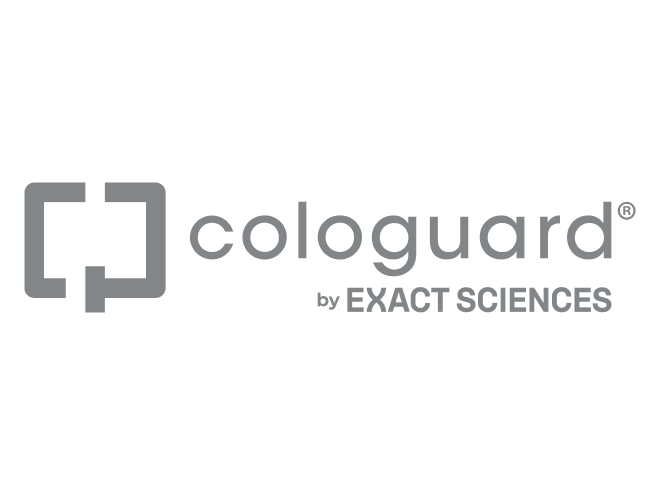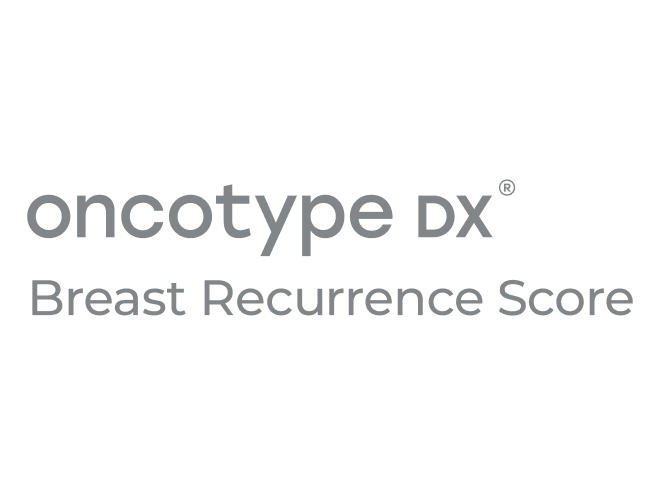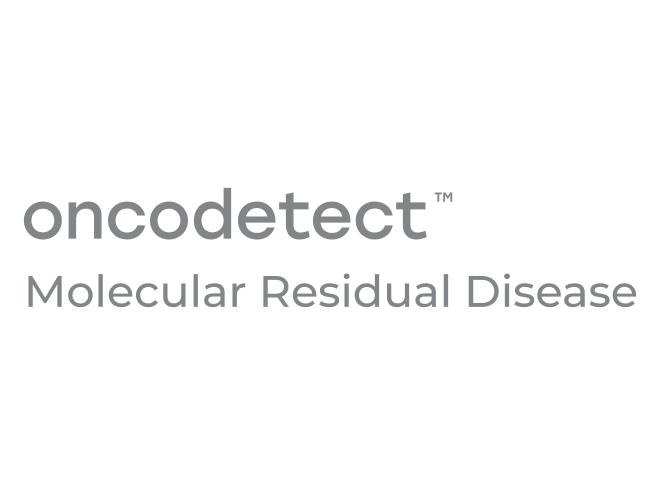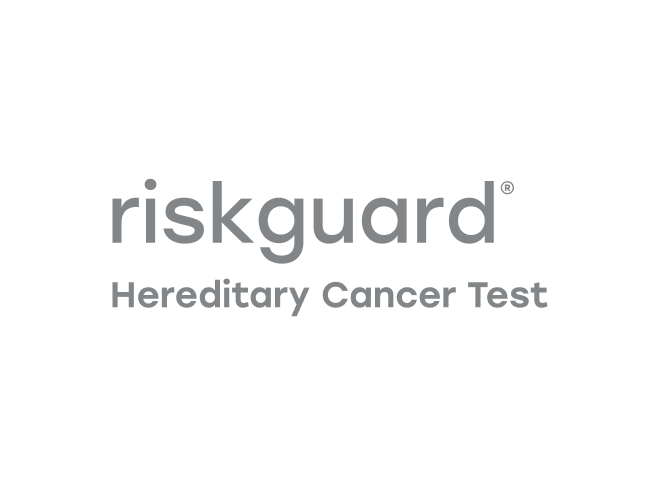Reveal what's hidden in your biology

We’re listening.
Getting your test
01
The Cancerguard test is available by
02
The Cancerguard test makes it easy to get screened. Depending on how you obtained your test (online through a telehealth provider or through your doctor), there are a few ways you may get your blood sample taken, including:
- At your doctor’s office
- At a hospital or health system location
- At an approved lab near you
- At home — with a visiting phlebotomist who comes to you
03
04

We’re here when you get your results.
Most tests will come back negative for cancer signals, but if your test result comes back positive, we’re here to help you.
- We’ll connect you with a Care Navigator to help guide you through your next steps.
3 - Depending on your situation, You may be eligible for up to $6,000 reimbursement for non-covered imaging costs to help reduce the financial impact.*
3
* Patients must apply. Eligibility depends on program qualifications and is not guaranteed. The program will not reimburse any covered imaging costs, including copay, coinsurance and/or deductible amounts determined by insurance. For more information patients should contact to apply, call

Built by the best









